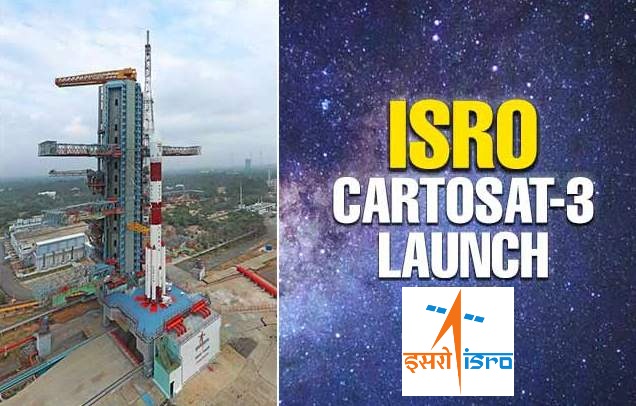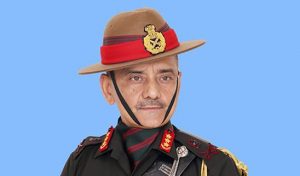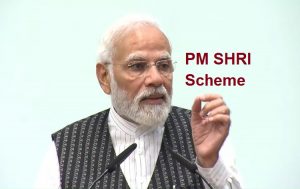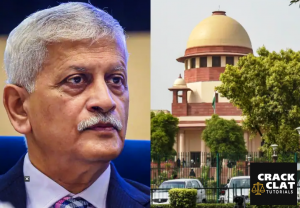ISRO successfully launches CARTOSAT-3, 13 US nano-satellites
– ISRO launched CARTOSAT-3 satellite from Sriharikota
– The PSLV-C47 carried the CARTOSAT-3 satellite along with the other commercial nano-satellites for US
– CARTOSAT-3 is a third-generation agile satellite with high-resolution imaging capabilities
PSLV-C47 lifted-off at 0928Hrs (IST) on November 27, 2019 from the Second Launch Pad of SDSC SHAR, Sriharikota. PSLV-C46 was the 74th launch vehicle mission from SDSC SHAR, Sriharikota. This is the 21st flight of PSLV in ‘XL’ configuration (with 6 solid strap-on motors).
According to ISRO, the 1,625 kg Cartosat-3 is an advanced agile satellite to obtain panchromatic and multispectral imagery with an operational life of five years.
The payload has the capability of take sharp pictures with a ground resolution of 0.25 metre in Panchromatic and 1 metre ground resolution or ground sample distance (GSD) in 4 Band Multispectral modes with a swath of 16 km, said ISRO.
The Indian space agency also said, Cartosat-3 has many new technologies/elements like highly agile structural platform, payload platform, higher rate data handling and transmission systems, advanced onboard computer and new power electronics, dual gimbal antenna and others.
To be placed in an orbit of 509 km at an inclination of 97.5 degrees, the Cartosat-3 will furnish images that cater to the demand of urban planning, rural resource and infrastructure development, coastal land use and land cover and also for strategic/defence purposes.
Sharing the ride with Cartosat-3 were 13 nano satellites from the USA for an undisclosed fee to be paid to NewSpace India Ltd — the new commercial arm of ISRO.
Once the mission turns successful, India would have launched 310 foreign satellites.
According to ISRO, 12 of the US nano satellites are named as FLOCK-4P are earth observation satellites and the 13th is called MESHBED, a communication test bed satellite.
The PSLV-XL is a four stage/engine expendable rocket powered by solid and liquid fuels alternatively. The rocket has six strap-on booster motors to give additional thrust during the initial flight stages.



